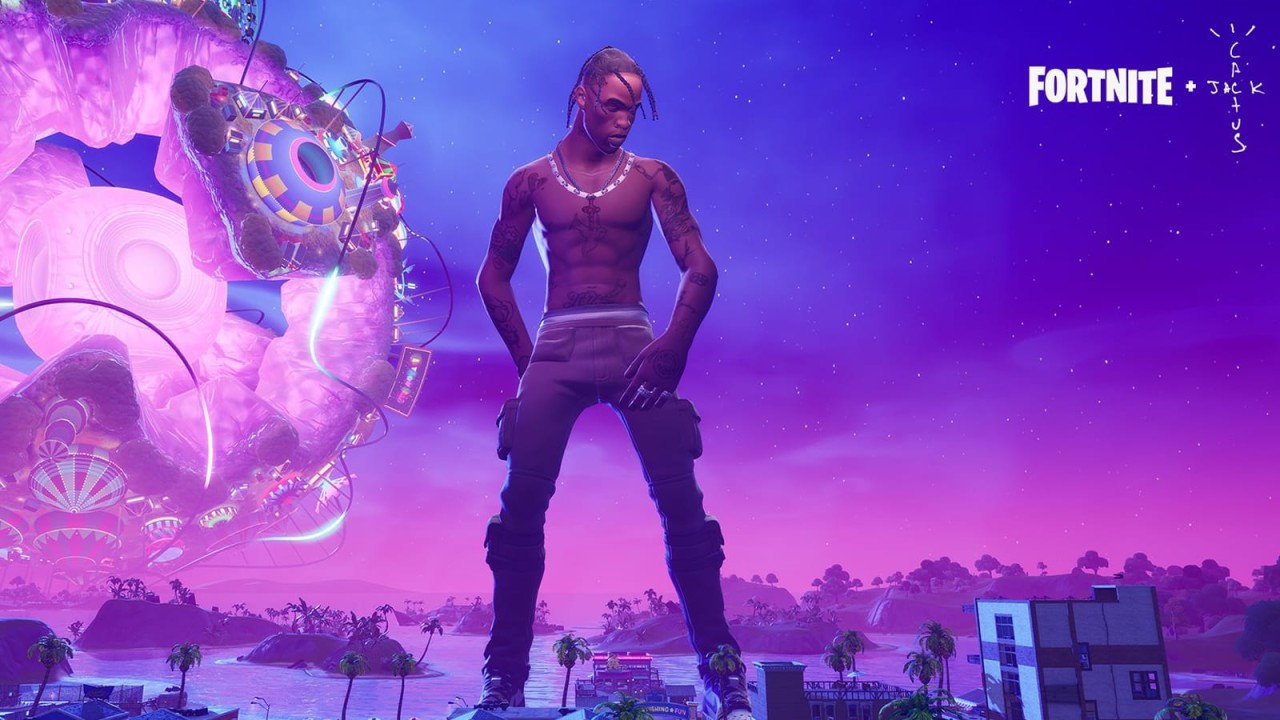
Napster Acquired by Infinite Reality for $207 Million in Strategic Push Toward Immersive Social Music Platform
Napster Rebooted: Infinite Reality Bets $207 Million on Reimagining a Legacy Brand for the Immersive Age
Once a Disruptor, Now a Test Case for the Next Digital Frontier
By 2025, nostalgia has become an asset class. Few brands exemplify this better than Napster—a name synonymous with rebellion, revolution, and the roots of digital music. Now, in a move equal parts audacious and calculated, Napster has been acquired by immersive tech company Infinite Reality for $207 million.

This is not merely a business transaction. It is a cultural pivot point: the resurrection of a once-controversial platform now cast as the future of social music interaction in an era of extended reality (XR), artificial intelligence, and virtual fandoms.
But behind the glossy branding and multi-billion-dollar valuations lies a critical question: can a relic of the past drive the next phase of digital engagement?
The $207 Million Gamble: Context Behind the Napster Acquisition
To the untrained eye, Infinite Reality’s acquisition of Napster may appear as another chapter in a tech firm’s expansion narrative. But for market professionals, the numbers tell a more complex story. Backed by a $3 billion funding round that valued the company at $12.25 billion, Infinite Reality is on a capital-fueled offensive to reshape digital entertainment. Acquiring Napster—the once-renegade turned regulated streamer—is a strategic move aimed at harnessing brand equity while redefining the boundaries of how music is consumed.
Infinite Reality's portfolio and strategies
| Category | Summary |
|---|---|
| Core Technologies | Offers the iR Engine platform for creating immersive 3D/XR media, iR Studio (no-code tool) for building engaging 3D websites, and custom Enterprise Services. |
| Business Model | Focuses on the enterprise market (not consumer apps). Revenue comes from enterprise services, software licensing (iR Studio), and monetizing digital assets (NFTs, events, sponsorships). |
| Strategic Partnerships | Key 5-year partnership with Google Cloud to enhance 3D web infrastructure, leveraging AI (Gemini) for scalable immersive experiences across various sectors (e-commerce, sports, etc.). |
| Acquisitions | Expanded aggressively by acquiring companies like Zappar ($45M for XR capabilities), Obsess (immersive e-commerce), and LandVault (MENA metaverse infrastructure). |
| Global Expansion | Targeting emerging markets, notably MENA (Dubai), leveraging government contracts and partnerships for large-scale digital twin and metaverse infrastructure projects. |
| Funding & Valuation | Raised $3 billion (Jan 2025), achieving a $12.25 billion valuation, funding global expansion and technology stack development. |
| Competitive Landscape | Competes across multiple segments: enterprise XR platforms (Microsoft Mesh, NVIDIA Omniverse), consumer metaverses (Meta Horizon, Fortnite), and content creation tools (Unity, Unreal). |
| Risks | Faces challenges including platform integration complexity, justifying its high valuation relative to current revenue, and overcoming WebXR adoption barriers for standalone 3D sites. |
Extended Reality (XR) is an umbrella term for technologies that blend the physical and digital worlds. It encompasses the spectrum from fully immersive Virtual Reality (VR) through Augmented Reality (AR) to Mixed Reality (MR), each offering different levels of interaction between real and virtual elements.
According to internal sources familiar with the deal structure, the acquisition includes a plan to integrate Napster’s streaming infrastructure with Infinite Reality’s broader portfolio—spanning XR tech, the Drone Racing League, and a growing esports presence. It’s a convergence play, banking on synergy across virtual environments, creator economies, and fandom monetization.
“This is less about competing with Spotify on playlists,” one analyst observed, “and more about building the Roblox of music. A persistent, branded space where fans don’t just listen—they interact, transact, and belong.”
Virtual Venues, Digital Merch, and Social Listening: The Vision in 3D
Infinite Reality plans to transform Napster from a 2D app into a fully immersive, socially-driven platform. The blueprint? Branded 3D environments where users can attend virtual concerts, host listening parties, and purchase both physical and digital merchandise—all within a persistent metaverse-style ecosystem.

NFTs serve as unique digital certificates of ownership and authenticity for digital merchandise, like collectibles or virtual items. Recorded on a blockchain, they verify an item's provenance and scarcity, confirming who owns the specific digital good.
This marks a radical shift from Napster’s current iteration, which—while licensed and stable—lags behind market giants in innovation and user engagement. The envisioned platform will allow artists to host avatar-led performances, fans to purchase limited-run NFTs or merchandise, and brands to sponsor events in real-time.
“It’s about collapsing the distance between artist and audience,” a source close to the development team said. “Today, streaming is passive. This is about making music participatory again.”
Whether that vision materializes depends on whether users—especially Gen Z and Alpha—find such experiences compelling enough to adopt them en masse.
From Lawsuits to Leadership: Napster’s Complicated Legacy
Napster’s brand power remains paradoxical. Launched in 1999 as a peer-to-peer file-sharing platform, it ignited a global debate around digital ownership, piracy, and the economics of art. It was dismantled by lawsuits, reborn through acquisitions, and eventually legalized as a subscription streaming service.

Over the years, Napster paid out over $1 billion in royalties—a testament to its post-piracy legitimacy—but it never reclaimed its pole position. The market moved on. Spotify scaled. Apple integrated. YouTube dominated discovery. Napster faded into niche relevance.
Global music streaming market share data
| Category | Details |
|---|---|
| Market Leaders (Share) | |
| Spotify | 31.7% (Dominant leader) |
| Apple Music | 15% (Second place) |
| Amazon Music | 13% (Tied for third place) |
| Tencent Music | 13% (Tied for third place) |
| YouTube Music | 8% (Fifth place, growing) |
| Other Players | |
| Napster | Market share not specified; likely smaller than the top 5 listed. |
| Market Projections (2025-2030) | |
| Growth Rate (CAGR) | 14.9% |
| Estimated Value (2030) | USD 108.39 billion |
Yet its brand persisted.
“Napster has emotional gravity,” said one media investment strategist. “Even people who haven’t used it in 15 years remember what it stood for: rebellion, disruption, and freedom. That matters when you’re building emotional tech.”
Now, under the leadership of Jon Vlassopulos—whose past work with Roblox proved the commercial potential of gamified, music-led virtual worlds—Napster could be staging a comeback. Vlassopulos will retain his CEO role and assume broader strategic duties within Infinite Reality.

The Synergy Strategy: Merging Music with Multi-Vertical Media
What Infinite Reality offers Napster is not just capital, but context.
Its asset portfolio—particularly the Drone Racing League and esports partnerships—provides a cross-promotional foundation. Imagine a drone race soundtracked by live DJ sets in a virtual stadium, or an esports finale featuring in-world concerts from headline artists. These aren’t hypotheticals; they are the integrations being planned.

“Music doesn’t need to live in a silo anymore,” noted one industry veteran. “If you already have virtual infrastructure built for gaming and sports, adding music creates exponential value.”
Infinite Reality’s strength in AI and real-time data analytics could also unlock granular audience insights—fueling targeted merch drops, personalized content delivery, and hyper-specific fan engagement strategies. This is where the monetization delta could lie: turning passive data into participatory dollars.
Did You Know? AI Personalizes Music: AI analyzes fan behavior to offer personalized playlists and content recommendations, enhancing user engagement by up to 35%. Customizable Experiences: AI creates immersive experiences like virtual concerts with interactive elements and location-based exclusive content. AI-Driven Fan Engagement: Chatbots increase fan interaction rates by over 50%, providing real-time information and personalized experiences. Collaborative Content Creation: AI enables fans to participate in the creative process through crowdsourcing and collaborative tools. AI in Music Marketing: AI automates tasks, optimizes social media strategies, and helps discover emerging artists by analyzing user engagement and predicting hits.
Challenges to Watch: Execution, Monetization, and Market Cannibalization
Still, execution risk looms large.
Rebuilding Napster as an immersive platform is not a minor UI upgrade—it is an architectural overhaul. Integrating legacy systems with modern XR frameworks requires deep coordination across engineering, product, and UX design. Any friction could alienate both existing users and new adopters.
Moreover, the revenue model remains unproven. Will fans pay for virtual concert access? Will exclusive merchandise in digital form hold value beyond niche collectors? Will artists embrace yet another distribution layer in a fragmented ecosystem?
Skeptics also warn of market saturation. “Consumers already juggle Twitch, TikTok, Spotify, and Fortnite events,” one digital strategist said. “Adding another platform may not solve for engagement—it could dilute it.”
Then there’s the brand baggage. Napster’s association with piracy—however historical—could deter licensing negotiations or spark industry hesitance. Trust must be re-earned, not assumed.
Market Dynamics: Where Infinite Reality Sees the White Space
The broader streaming market is both mature and vulnerable. Spotify and Apple Music dominate, but growth is slowing, margins are thin, and innovation has plateaued. Infinite Reality sees opportunity not by competing on catalog size, but by changing the use case.
Rather than background consumption, the new Napster is positioned for foreground participation. It’s a subtle but profound distinction.
The Creator Economy refers to the ecosystem where independent creators (like artists, writers, videographers) build businesses by monetizing their skills, content, and audience, often facilitated by digital platforms. This growing trend signifies a shift where individuals leverage online tools to establish direct revenue streams based on their creativity and influence.
“You don’t passively scroll an immersive world,” said one source involved in product testing. “You show up. You do things. You belong.”
This behavioral shift aligns with broader macro trends: declining attention spans, increased demand for social interaction, and the rise of creator-led economies. If Infinite Reality can own the infrastructure for music-based digital communities, it could carve out a high-margin niche between music, gaming, and social media.
Valuation, Hype, and Investor Psychology: Is Nostalgia Enough?
At $207 million, the price tag is not irrational—but it’s not conservative either. Napster’s current user base and revenue likely don’t justify the figure on fundamentals alone. The premium is for potential.
This is a bet on convergence. A play on experience over utility. A call option on cultural capital, hedged with immersive technology.
Critics argue it’s also a high-gloss rebrand masking an uncertain path to monetization. “We’ve seen this movie before,” one analyst quipped. “A legacy name, a tech pivot, a big valuation, and a lot of hope. The question is whether this ends in platform dominance or PowerPoint purgatory.”
High-Stakes, High-Reward—and a Signal to the Market
Infinite Reality’s Napster acquisition is a bold expression of where digital media is headed. It combines a legacy brand, a new medium, and a belief that immersive interaction—not just content—is the future of engagement.
For investors, this is not just a play on music streaming—it’s a thesis on where value lies in the next generation of consumer platforms. Legacy alone won’t cut it. Execution will be unforgiving. But if the integration works, Napster could rise—again—not as a platform for piracy, but as a paradigm shift in how we connect with sound, space, and each other.
If this bet pays off, it may not only redefine Napster’s place in digital history—it could redraw the entire blueprint of music as we know it.